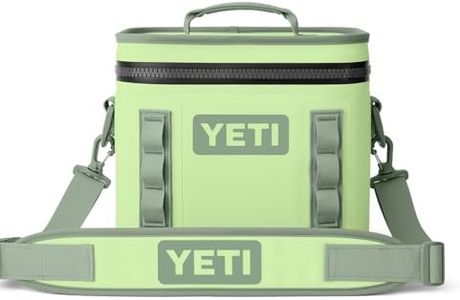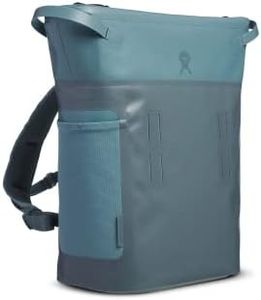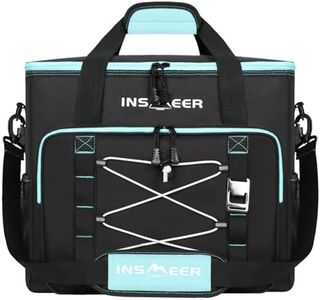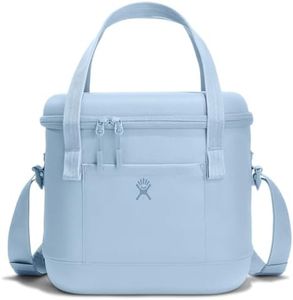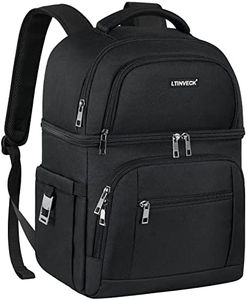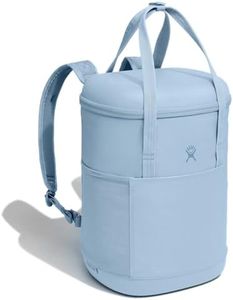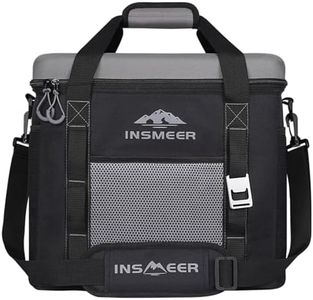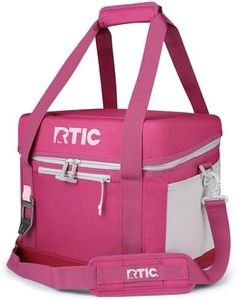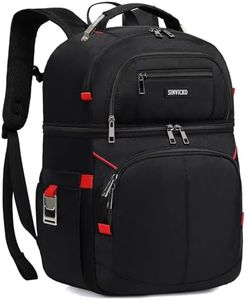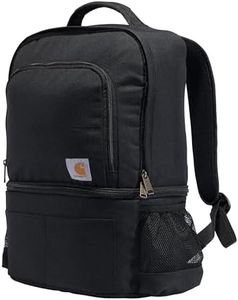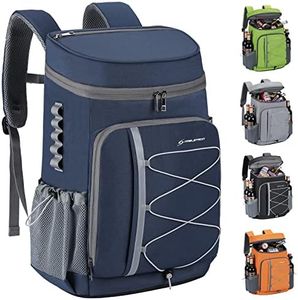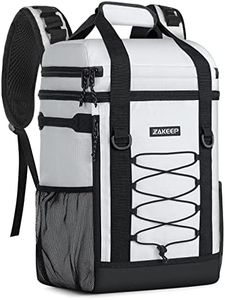We Use CookiesWe use cookies to enhance the security, performance,
functionality and for analytical and promotional activities. By continuing to browse this site you
are agreeing to our privacy policy
10 Best Backpack Coolers
From leading brands and best sellers available on the web.Buying Guide for the Best Backpack Coolers
When choosing a backpack cooler, the main goal is to find a product that can keep your food and drinks at the right temperature while being comfortable and easy to carry. Think about where you'll use the cooler (hiking, beach, picnic, daily commute) and how much space you’ll need. Durability, ease of cleaning, and overall comfort should all influence your decision. Keep in mind your typical load—just a few snacks and drinks, or full meals for a group?Capacity (in liters or cans)Capacity refers to how much the backpack can hold, often measured in liters or the number of cans it fits. This is important because it determines how much food and drink you can take with you. Small coolers (under 15 liters or up to 12 cans) are best for short solo trips or snacks. Medium sizes (15-25 liters or about 12-20 cans) suit couples or day trips, while large options (over 25 liters or more than 20 cans) are better for groups or family outings. When picking capacity, think about how many people you typically pack for and how long your outings last.
Insulation PerformanceInsulation performance tells you how long the cooler can keep its contents cold. Good insulation keeps ice from melting quickly and food from spoiling. Basic models may keep items cool for just a few hours, which is fine for short trips. More advanced backpack coolers can maintain low temperatures for up to 24 hours or more, making them ideal for longer hikes or all-day events. Your need here depends on trip length and whether you’ll have access to fresh ice.
Comfort and Carrying SystemThe comfort of carrying a loaded backpack cooler is vital—look for features like padded shoulder straps, chest straps, and cushioned back panels. Lightweight use, like city strolls or picnics, means simpler straps are fine. For heavy loads or long hikes, you’ll want strong padding, adjustable straps, and ergonomic shapes to prevent sore shoulders and backs. If you know you'll carry your cooler over distances or rough terrain, prioritize comfort features.
Material and DurabilityThe materials used affect how long your cooler will last and how well it resists leaks or tears. Common materials include nylon, polyester, or even water-resistant tarpaulin. Lightweight fabric is easier to carry but may be less rugged, while heavy-duty materials survive rough handling and are usually water-resistant or waterproof. If you’re planning intense outdoor activities, pick tougher materials. For casual use, lighter options work well.
Leak-Proof DesignA leak-proof design means liquids won’t spill out, which keeps your gear and car clean. Zippered or roll-top closures and special liners help prevent leaks. Minimal-use coolers might manage with basic seams, but for excursions with lots of ice or drinks that could tip over, a solid leak-proof seal is crucial. If you expect to carry a lot of ice or want to avoid accidents, make leak-proofing a high priority.
External Pockets and OrganizationExternal pockets or compartments help separate dry goods, utensils, napkins, or even your phone from cold or wet items inside. Some coolers have multiple pockets, elastic holders, or mesh for organization. If you just want a cooler for drinks, you may not need extra space. For those who like having snacks, picnic tools, or personal items within easy reach, more pockets are better.
Ease of CleaningEase of cleaning is about how simple it is to remove spills, crumbs, or odors from your cooler. Liners that are removable or wipeable are great for this. If you use your cooler often or with messy foods, easy cleaning will save you hassle and keep it fresh. If you expect light, occasional use, then a simple inner lining may be fine.
